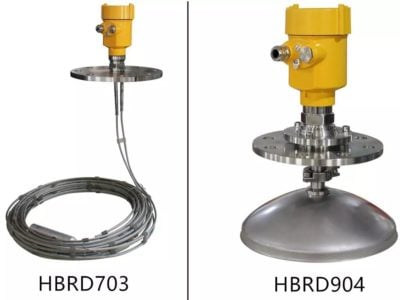There is an important device in the closed transfer station oil transfer process called the separation buffer tank. Poor level of control of this device can lead to oil running accidents. Therefore, many companies have installed radar level meters on the separation buffer tank to replace manual level control. Today, let’s take a look at what to look for when selecting and installing a radar level meter on a separation buffer tank.
The main function of the separation buffer tank is to separate the natural gas from the oil and gas mixture. After separation, the natural gas enters the gas pipeline network, while the oil and water mixture is directly transferred out through the oil transfer pump to achieve a closed oil transfer. In this process, the medium measured by the separation buffer tank is the oil and gas mixture. When choosing a radar level meter, be sure to consult clearly which radar level meter can measure this medium and is unaffected when measuring.

When choosing the medium to be measured, attention should be paid to the oil inlet when installing. When oil is fed, the level fluctuates unsteadily and the radar level meter is bound to be affected, so the installation position must be chosen appropriately to avoid the liquid inlet. If necessary, the radar level meter can be installed in the bypass tube.
There was a similar example where a transfer station installed a radar level meter on a separating buffer tank and found that it could not be installed at the manhole, so a bypass tube was added to install the radar level meter. After installation and use, the results were very good, and very few failures occurred.

However, after the installation location is chosen, when installation, but also pay attention to the following points.
Firstly, the radar level meter should be kept parallel to the tank wall and perpendicular to the measured medium, so that the radar level meter can achieve the best measurement effect.
Secondly, the radar level meter should avoid some sources of interference, such as obstacles in the tank.
For each transfer station, the process and flow cannot be exactly the same, and the equipment purchased cannot be exactly the same, so when choosing and installing a radar level meter, you must look at your own situation. Once you have a clear understanding of your own working conditions, you can select the right radar level meter and install it in the right location.
